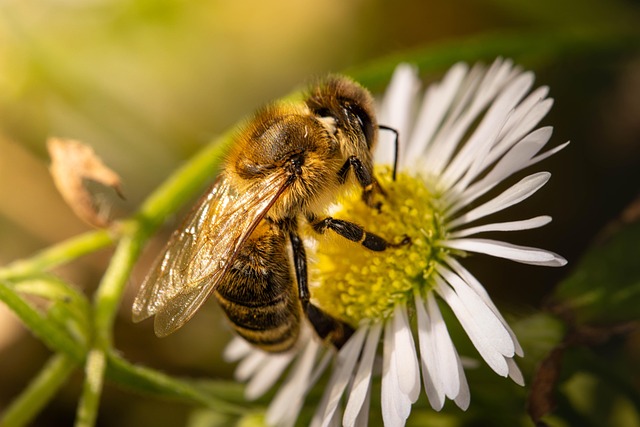My partner, our two children, and I attended a gathering recently when we crossed paths with a family boasting four children. My youngest, a seven-year-old named Liam, stood nearby, gazing at them with a wistful expression. He turned to me and said softly, “That could have been our family.”
My heart sank as I fought back tears. I understood his sentiment, but it was difficult to articulate a response. He doesn’t grasp the reality that our family of four would have looked different if we hadn’t experienced the loss of two pregnancies. To him, there are two siblings who are absent—two children that never joined us.
Liam’s awareness of these “missing kids” came about unexpectedly. My mother, a dedicated genealogy researcher, was showing my children our family tree when they stumbled upon two additional “leaves” stemming from my branch. They read the notes indicating the two pregnancies I had lost.
My mother felt an immediate sense of guilt and took the time to explain that after my daughter, Ella, was born, I had two pregnancies that sadly ended before they could begin. She told them that it made Mommy and Daddy sad to discuss it, which is why they hadn’t heard about these siblings before.
Despite the passage of time—over a decade since my miscarriages—the emotional weight remains. While I have learned to navigate through the grief, it still lingers. Occasionally, I can forget; other times, the ache resurfaces unexpectedly. The pain is no longer a daily burden, but it is always there, as I miss those two babies.
The first loss occurred in my first trimester. That tiny life, regardless of how brief, was cherished. We had longed for another child and were ecstatic when I became pregnant again. We envisioned a vibrant future filled with joy, plans, and names. However, during a routine check-up, the doctor couldn’t detect a heartbeat, and I was devastated. My body, however, resisted the loss, holding onto what it could. But the baby had passed away.
The second miscarriage happened early in the second trimester. After the first loss, we were cautious with our emotions. Yet, the joy of hearing a heartbeat at our nine-week appointment ignited our hope. Unfortunately, at the subsequent appointment, we learned there was no heartbeat. Again, my body clung tightly, unwilling to let go, but the baby—a boy—had died as well.
I have not shared these details with my children. They only know there are two missing siblings. This reality has weighed heavily on Liam, who often points out families with four kids, lamenting that we could have been a family of six.
How do I help him understand that had those pregnancies been successful, he might not have been born? That our original plan was for two children? I can’t find the words. Instead, I hold him close, sharing a moment of silent mourning for those losses.
This internal conflict is challenging. I grieve the two lost pregnancies while grappling with guilt, knowing that had either one succeeded, I wouldn’t have Liam—the child I adore, who has become central to my life. It’s a painful cycle of sadness and remorse.
When the emotions become overwhelming, I try to envision those lost pregnancies as Liam, imagining he fought to join our family, enduring hardships until he arrived where he belongs.
Liam, sweet as he is, still expresses a desire for those two missing siblings. He sometimes asks if I plan to have another baby and even offers to share his room if it’s a boy, or suggests his sister’s room for a girl. In those moments, I simply hug him and reassure him, “Our family is perfect just as it is.”
And it truly is, because it has to be—with my two children here on earth and the two missing ones—my angels—watching over us.
For more insights on pregnancy and home insemination, you can visit Make a Mom for guidance. They also provide a wealth of information on the topic of home insemination, as seen in their Cryobaby Home Intracervical Insemination Syringe Kit Combo. For comprehensive resources on pregnancy, the World Health Organization offers valuable information here.
Summary
Navigating the topic of miscarriage with children can be profoundly challenging. It’s essential to approach the subject with sensitivity, acknowledging the emotions involved while providing age-appropriate explanations. Children may sense the absence of siblings and express their feelings, requiring parents to find a balance between grief and the joy of their existing family.
Keyphrase: explaining miscarriage to children
Tags: [“home insemination kit” “home insemination syringe” “self insemination”]
